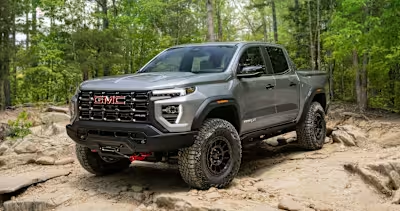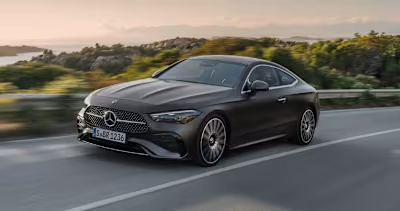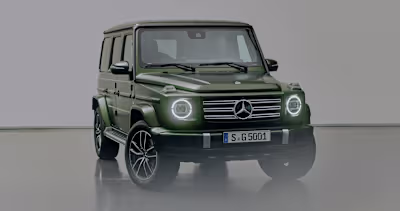Why A New Mazda Miata EV Would Raise The Bar For Electric Sport…
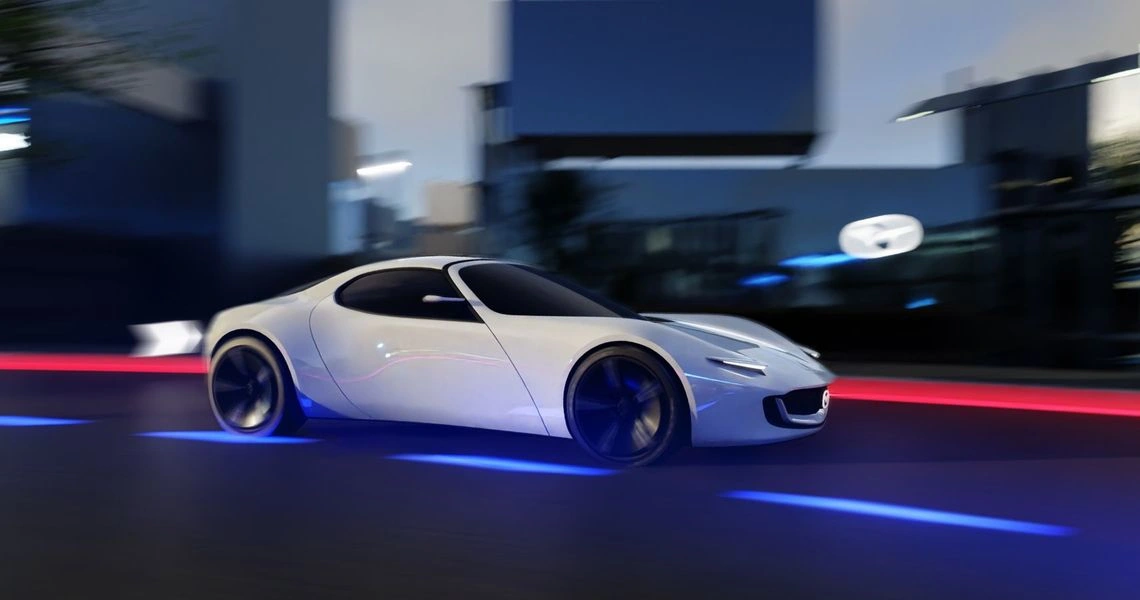
Mazda
The MX-5 Miata will be here forever. At least, that’s according to Mazda Europe CEO Martijn ten Brink, who also said in the same quote that our favorite little roadster will “have to go with the times.”
Well, the future looks electric, so it’s almost certain that the Miata will eventually undergo a transformation into a fully electric vehicle. Such a transition would not only align the MX-5 with the times but also set a new benchmark for electric sports cars.
The Mazda Miata stands proudly as the epitome of accessible performance in the modern era. Introduced in 1989, this nimble roadster swiftly captured the hearts of enthusiasts, even those with modest budgets. Its distinct charm and agility often make it even more fun to drive than some higher-end performance cars from European automakers.
With restrictions on new ICE vehicles looming in several of Mazda’s major markets, the Miata will have to go electric sooner rather than later. Given the MX-5’s legacy of consistently sticking to its “jinba ittai” credo, it’s only natural to assume that an electric version will set a new benchmark for electric sports cars.
Let’s dive into what we can expect from this eagerly awaited electric roadster, and what that “oneness of horse and rider” will look like in the electric era.
The MX-5 EV Would Have An Insane Torque-Weight Ratio
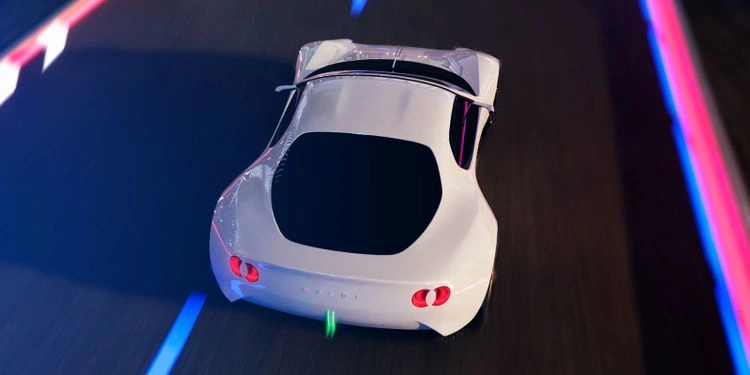
Mazda
The original Mazda Miata MX-5 has garnered immense popularity, primarily due to its agility and exceptional handling capabilities. Throughout its existence, the MX-5 has stood toe-to-toe with similar sports cars like the Toyota GR86, able to rival their power in a smaller package. There are great expectations that the Miata EV will deliver a similar level of performance while boasting an even higher power output.
The 2023 MX-5 Miata is able to produce 181 hp and 151 lb-ft of torque, a respectable power output given its small size. However, when considering the potential transition to an electric powertrain, the combination of the Miata’s lightweight design and the inherent advantages of electric motors opens up a whole new world of possibilities. The little roadster’s power output could increase to more than 300 horsepower.
Such a huge leap in the MX-5’s power output might seem insane, but it’s worth noting that the current ND model is itself a significant jump from the original NA model’s 116-128 hp. The potential boost in power is not only justified given the power of electric motors, but also in line with the Miata’s progressive development over time.
Accompanying this would be the insane torque output from electric motors, all in a lightweight package, giving the electric MX-5 a wild power-to-weight ratio.
Along with the boost in power, the Miata’s weight would almost certainly increase, given the weight of electric powertrains and batteries in particular. Mazda would have to work extra hard to make sure the MX-5 EV sticks to its “jinba ittai” essence. The MX-5 EV would also have to stick to Miata’s signature 50/50 weight distribution.
With all that new power, the electric Miata is poised to deliver an impressive 0-60 time. To rival the performance of the upcoming MG Cybertstar roadster, the Miata EV needs to achieve a sub-3-second acceleration. This ambitious target will solidify the Miata’s position as a formidable contender in the sports car arena, setting new boundaries for thrills.
The Vision Study Concept Hints At Cool Butterfly Doors
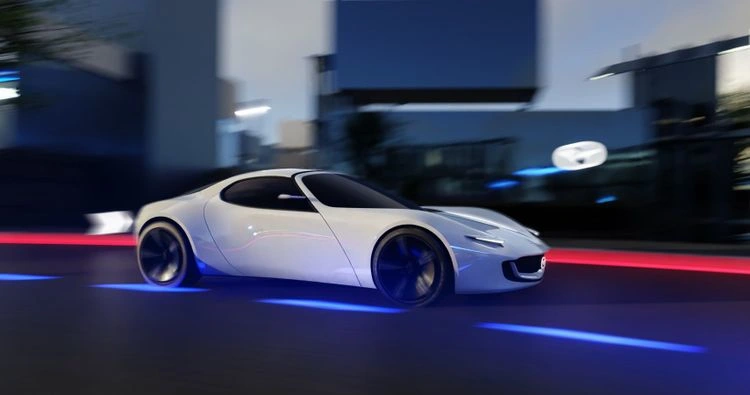
Mazda
Mazda’s chief designer, Akira Tamatani, has said that the future MX-5 will draw inspiration from the Vision Study Concept. Mazda provided us with a glimpse into this all-electric concept back in November 2022. Through a captivating teaser, Mazda showcased a stunning electric coupe concept vehicle in a sleek white hue, bearing a striking resemblance to their MX-5 series.
The Vision Study concept showcased a stunning design, boasting bold fenders that exuded an air of power and athleticism. Its standout feature, however, was undoubtedly its Lamborghini-style butterfly doors. The unique doors instantly captured everyone’s attention and made a bold, futuristic statement. Hopefully, these butterfly doors will be included in the final version of an electric MX-5, adding a touch of extravagance to the Miata’s usually minimal style.
The EV Would Be Mazda's Most Aerodynamic Miata
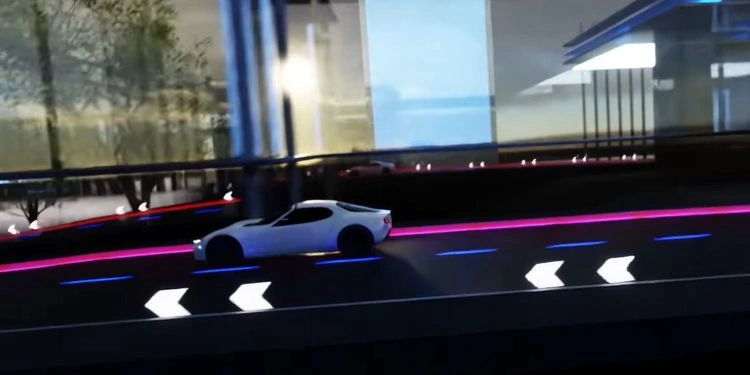
Mazda
Mazda Europe CEO Martijn ten Brink gave us another hint at what a future Miata could entail, emphasizing the need for it to be “super-aerodynamic.” Throughout the evolution of the MX-5, Mazda has consistently enhanced its aerodynamic capabilities with each new generation. With the Miata EV, enthusiasts can anticipate the most aerodynamic MX-5 to date. Leveraging the expertise gained over the years, Mazda will undoubtedly integrate cutting-edge aerodynamic design elements into the electric version, optimizing airflow and further enhancing its efficiency and performance.
Hopefully, the MX-5 will continue to be offered as a convertible, as open-air driving has become one of the defining features of the Miata. However, this poses an interesting challenge, as the open-air version of the MX-5 typically sacrifices some aerodynamic efficiency. Balancing these factors will require careful consideration from Mazda’s designers to ensure that the Vision Study Concept becomes a reality.
When it comes to the hard-top version, owners might not be entirely left out, either. There are exciting possibilities these days for providing an almost “convertible” feel, such as the panoramic windshield on the Lucid Air. One intriguing concept could be a “smart glass” roof, enabling the driver to effortlessly transition it from transparent to fully opaque. This innovation could offer the driver complete control over the level of light and visibility inside the cabin.
The Miata Could Bring Back Manual Shifting For EVs
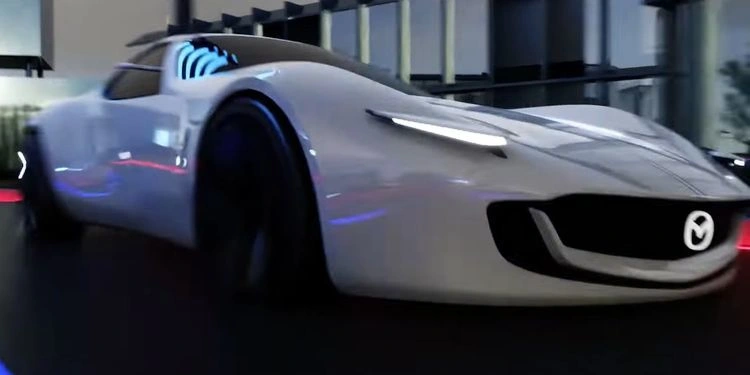
Mazda
With the auto industry shifting toward EVs, the case for offering cars with manual transmissions becomes increasingly hard to defend. The nature of EVs eliminates the need for multi-speed transmissions altogether, as they possess a high torque with nearly instant acceleration without the need for gear changes. This is another area where Mazda will have to stick to its guns and get creative.
Offering a manual transmission option for an electric vehicle combines high torque with precise control over acceleration and that irreplaceable sense of enjoyment on the road. For many drivers, the tactile experience of shifting gears offers a unique and immersive connection to the driving experience— once again, that “oneness of horse and rider” that the Miata strives for.
Presently, two electric cars available in the U.S., the Porsche Taycan and the Audi e-tron GT, feature a manual shifting option with two-speed transmissions. Additionally, Toyota has recently secured a patent for a system that mimics the look and feel of a manual transmission in an electric car. The clutch and stick shift in this patented design are actually electronic switches, designed to recreate the tactile experience of manual shifting.
Furthermore, the rise of EV conversions is also helping to keep the stick shift alive, with electric motors being mated to traditional manual transmissions. There are already options out there for Mazda to explore.
Miatas have earned their reputation for connecting the driver to the road. An electric MX-5 with the option of a manual transmission would beautifully bridge the gap between modern technology and that traditional driving feel. By offering this unique combination, Mazda would ensure that its loyal fanbase continues to experience the joy and excitement that have defined the iconic roadster for decades.
Sources:Autocar, Mazda
Like this project
Posted Aug 4, 2023
Such a transition would not only align the MX-5 with the times but also set a new benchmark for electric sports cars.
Likes
0
Views
22
Featured on






